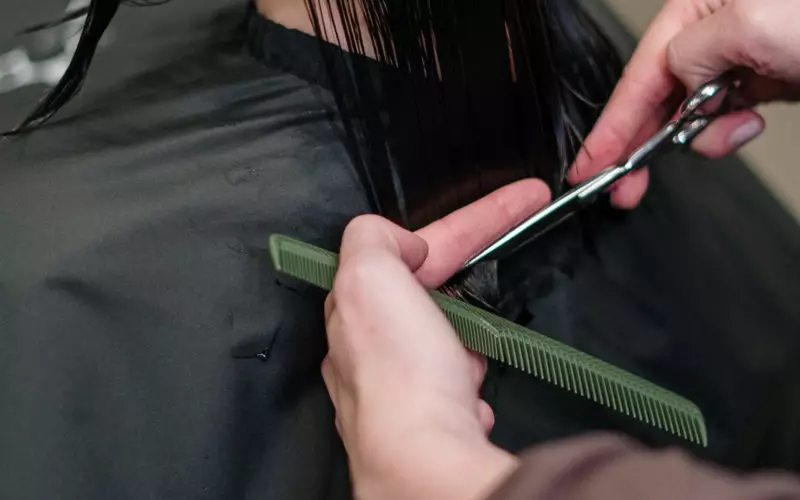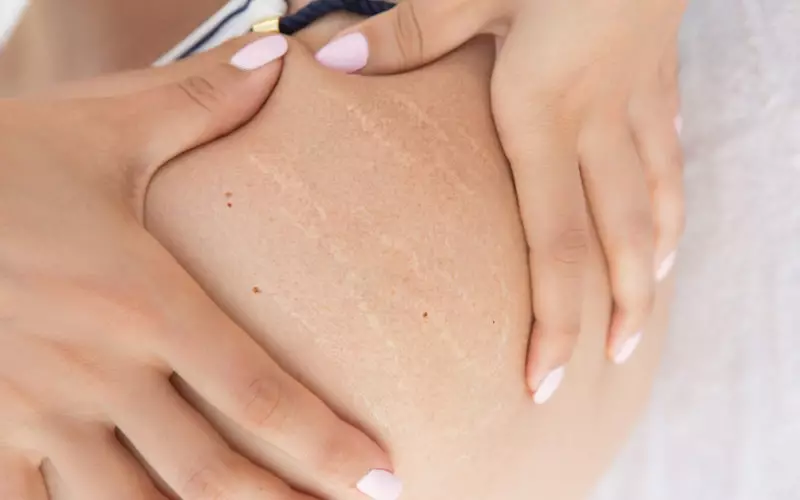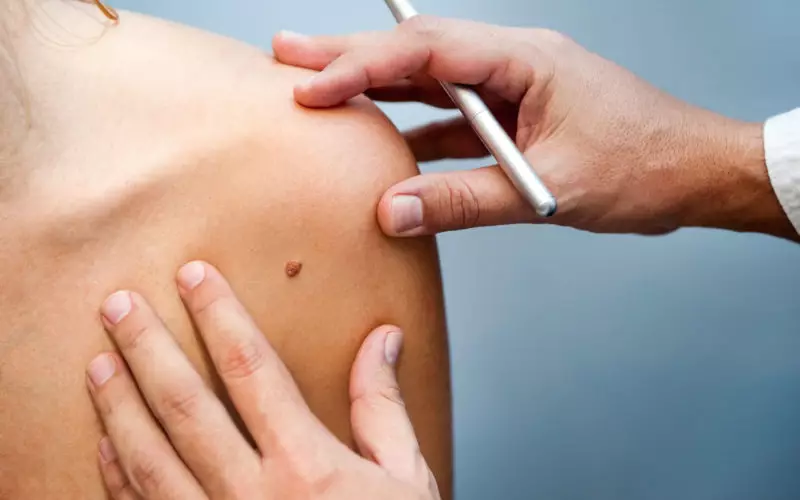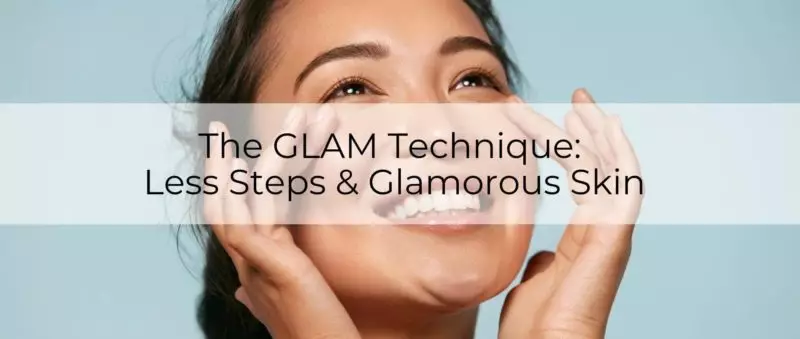
This article guides you through The GLAM Technique: the skincare routine that takes less time without compromising the skin’s health and beauty.
What is the GLAM technique?
The GLAM technique helps you take care of your skin daily without the need for an exhaustingly long skincare routine that includes an endless number of steps and products.
The GLAM keeps it short and effective: just what your skin needs to feel and look gorgeous.
The technique is based on the face-washing rules recommended by the American Academy of Dermatology Association and is adapted to fit into your lifestyle. [1]
Gently massage your face with your fingertips, using a cleanser
Lukewarm water to rinse the product
Avoid rubbing and aggressive scrubbing
Moisturize and apply SPF
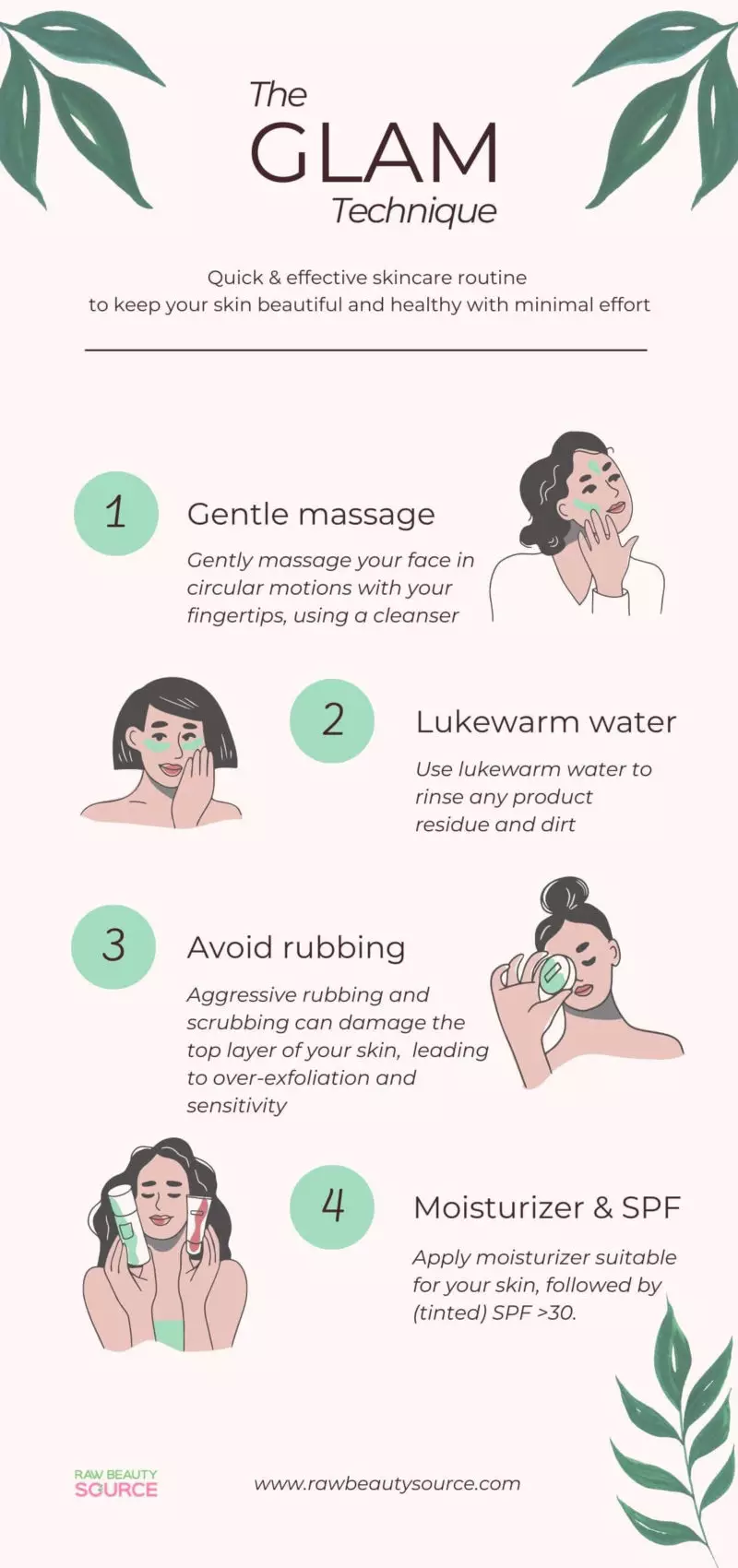
Who is the GLAM technique for?
Suppose you are not a fan of endless skincare routines that include using tons of different products. If you have a busy lifestyle and very little time for self-care.
Or if you are just starting out with skincare. But you definitely want your skin to feel and look great!
Then the GLAM technique is a perfect fit for you!
The 4 rules to using the GLAM technique
Gently massage your face using a cleanser and water
Washing your face correctly is crucial to keep your skin supple and healthy. This way, you remove any makeup residue, excess sebum, dust, and tiny particles that have ended up on your face during the day.
Washing your face also helps lower oxidative stress by reducing the impact of free radicals on the skin.
To wash your skin correctly, take a bean-size amount of cleanser of choice and apply it gently with your fingertips, using circular massaging motions.
After massaging the whole face, add a tiny bit of water and continue massaging for another 10-20 seconds.
Choosing the right cleanser for you is a key step in the GLAM technique.
Generally, cleanser formulas are developed to be less damaging, drying, and irritating to the skin compared to regular soap, as they are typically composed of syndets (alkaline soaps). [2]
The number one rule in choosing a cleanser is considering your skin type and sensitivity.
Generally, you’d opt for a gentle cleanser in the form of cream or gel that contains no irritating or drying ingredients. Here are some ingredients to watch out for:
- Sulfates: sodium lauryl sulfate/sodium laureth sulfate
- Essential oils
- Isopropyl alcohol, SD alcohol, Alcohol denat, Benzyl alcohol
- Parabens
- Fragrances
- Formaldehyde

If you have dry skin, it would be a better option to go for a cream cleanser; if you are with acne-prone oily skin, choose a foaming one, but without sulfates.
There is no official recommendation by dermatologists when it comes to using cleansers only in the evening or in the morning and evening.
So if you feel like your skin is healthier when you use cleanser only in the evening, feel free to skip it in the morning.
Lukewarm water to rinse the product
Use lukewarm water to rinse the cleanser (together with the impurities) from your skin, making sure all the skin is well cleansed, and no residue is left.
The temperature of the water you use may seem an insignificant detail but is, in fact, key to maintaining the suppleness of your skin.
Lukewarm water means it has to be slightly warm, very close to the skin’s temperature. But why shouldn’t you use hot or cold water? Here’s the thing:
Hot water can damage your skin barrier and cause excessive dryness by enabling transepidermal-water-loss (TEWL) and it stripping the natural oils off it.
This could lead to increased sensitivity, and you may feel your skin tight, flaking, and more frequently irritated. [3]
Cold water is not as bad for your skin as hot water. People with normal and healthy skin can even have some temporary benefits, like reducing puffiness and visibility of pores.
However, the drawbacks significantly outperform the so-called “benefits.”
Cold water, just like hot water, can damage the protective barrier of the skin, causing TEWL, and aggravating irritation symptoms.
This may lead to redness, dryness, feeling of excess tightness, and discomfort.
Avoid rubbing and aggressive scrubbing
Knowing how to massage your face correctly when cleansing and rinsing your skin is essential to support skin integrity.
The best thing to do is to always use your fingertips when massaging your face.
For optimal effect, press slightly against the skin while avoiding rubbing or aggressive scrubbing.
The fingertips effectively help you remove impurities and cleanse your skin AND are gentle enough to prevent any skin damage.
We get it: it’s a fact that regular exfoliation is a key part of a healthy skin routine.
And we know that the temptation to use exfoliating brush or powder daily is almost irresistible.
But keep in mind that over-exfoliation is real, and it occurs more often than you think.
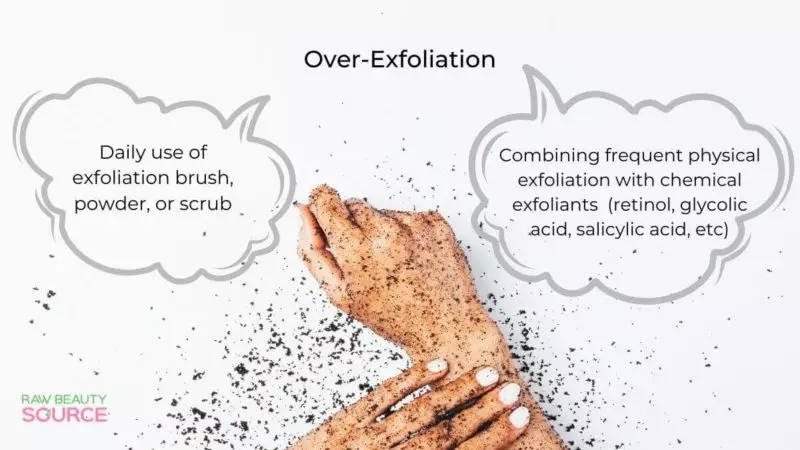
Using physical exfoliation tools like brushes, scrubs, and powders can be great when used correctly and 1-2 times a week.
But daily use of these typically leads to over-exfoliation, which can be even more severe if, in addition, you use retinoids or cosmetic acids for chemical exfoliation.
Symptoms to watch out for include [4] :
- Very dry, tight, dull skin
- Breakouts and shiny skin (as over-exfoliation may cause overproductive sebaceous glands)
- Redness, itchiness, discomfort
- TEWL and disrupted pH balance
Other factors and skin conditions could cause these same symptoms. Yet, if you exfoliate your skin very often, there’s a big chance that you are over-exfoliating.
Moisturize and apply SPF
After you’ve cleansed your skin and pat it dry with a soft cloth, it’s time for the next step: moisturizing and protection.
Moisturizer
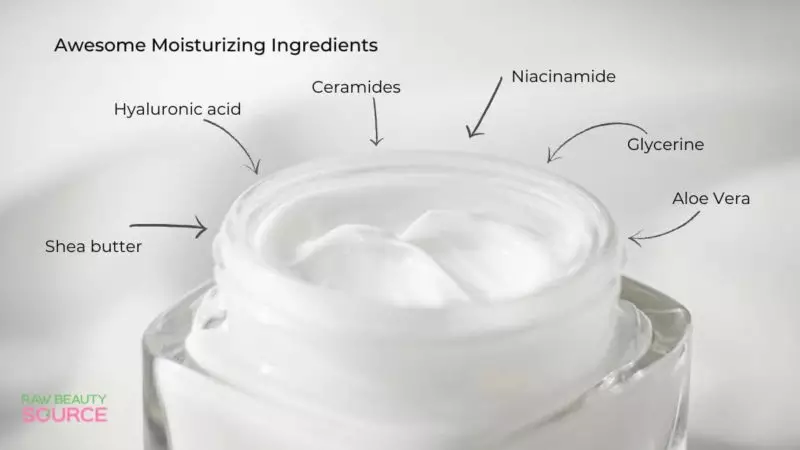
Applying a suitable moisturizer for your skin type is a key step to help balance the moisture levels and prevent dryness or, the opposite, oiliness. [5]
If you have dry or dehydrated skin, apply rich moisturizer ointment, cream, or lotion, including ingredients like:
- Ceramides
- Glycerine
- Hyaluronic acid
- Niacinamide
- Shea butter
- Aloe vera
Having oily skin doesn’t mean that you should skip the moisturizer!
On the contrary, moisturizing your skin is essential in order to balance the sebum production and improve your skin.
Opt for water-based, non-comedogenic moisturizers that are also hydrating and nourishing. Ingredients to choose from include aloe vera, hyaluronic acid, niacinamide, jojoba, and grapeseed oil.
Your moisturizer should not cause any irritation or discomfort, no matter your skin type.
Cosmetic ingredients to watch out for, as they can trigger irritation, are fragrances, drying alcohols (like isopropyl alcohol), and botanical or “plant-derived” ingredients like essential oils.
Sunscreen
Once you have applied moisturizer, it’s time for the SPF. This is a product you can’t and shouldn’t miss.
Sunscreens with SPF over 30 have two important actions [6]:
- Help you prevent free radicals damage in the skin cells, resulting in a lower chance of pigmentation, premature aging signs, and sensitivity.
- Reduce the risk of skin cancer development
Here’s something that many people forget: Every day is a sunscreen day!
No matter the weather and season, your skin needs protection from these UV rays.
Yes, even if it’s a cloudy day.
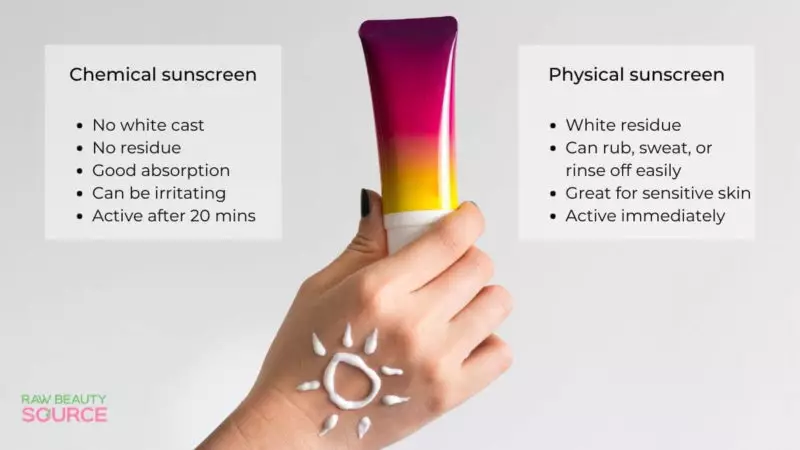
So what to consider when applying sunscreen?
1. First, use an SPF of at least 30. 50+ is the best choice, though.
2. You can choose between physical and chemical SPF protection.
3. While physical sunscreens start protecting you immediately after applying them, chemical ones need 15-20 minutes to become “active.”
4. Other differences are that physical SPF typically leaves visible residue on the skin and can rub, sweat, or rinse off your skin more easily than chemical sunscreens that are better absorbed and don’t leave any residue.
5. Last but not least, physical SPF is more suitable for acne-prone skin types, as it’s less comedogenic than chemical SPF and is less likely to cause skin irritation and pore-clogging.
The easiest way to recognize physical vs. chemical sunscreen is to look at the label.
You don’t need to know all the ingredients by heart.
Just look at the instructions and see if you have to wait 20 minutes before sun exposure. If yes, the sunscreen is chemical; if not: it’s physical.
Another way (the nerdy one) is to look at the ingredients. Typical physical protection ingredients are zinc oxide and titanium dioxide, while the common chemical SPF contains oxybenzone, octinoxate, and avobenzone. [7]
Don’t forget that the best sunscreen is the one you wear!
Now You Can Try It
I hope you see how The GLAM Technique can benefit your skin.
Yes, it takes time to implement and stick to your new skincare routine.
However, using with this method, your skin will thank you. And you will feel its beauty.


